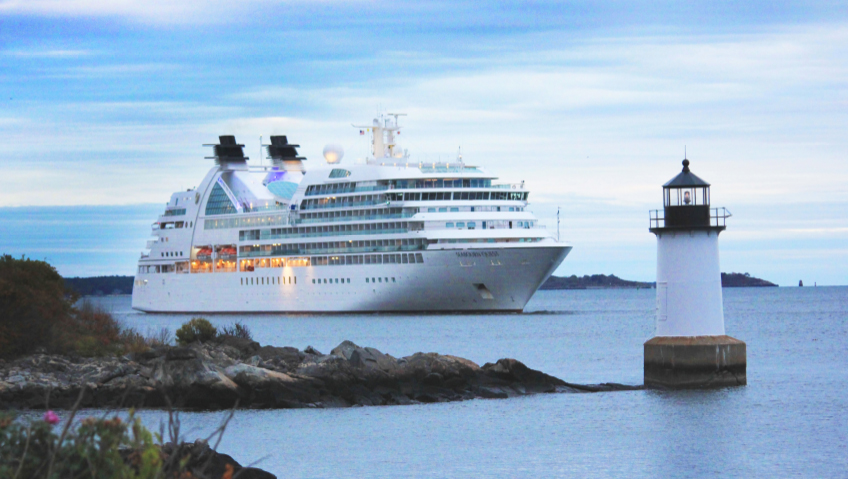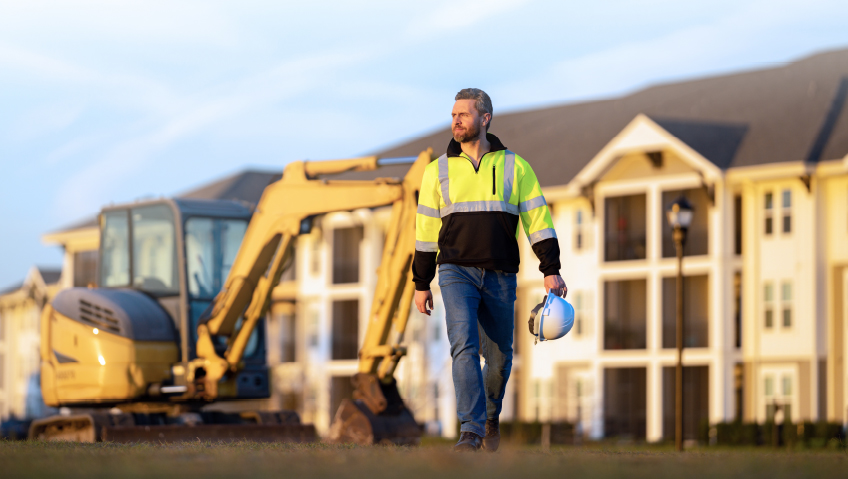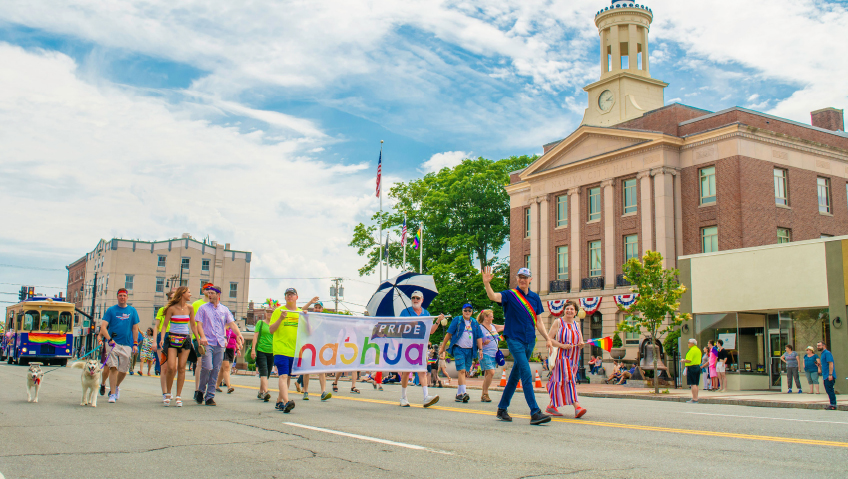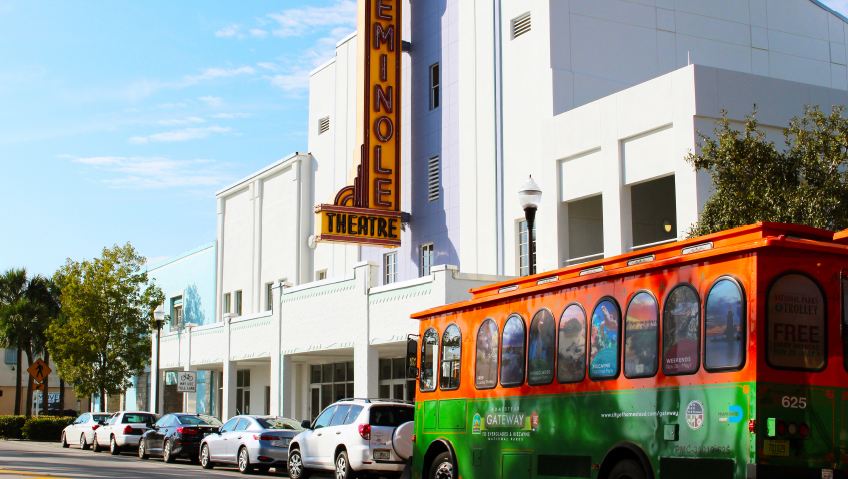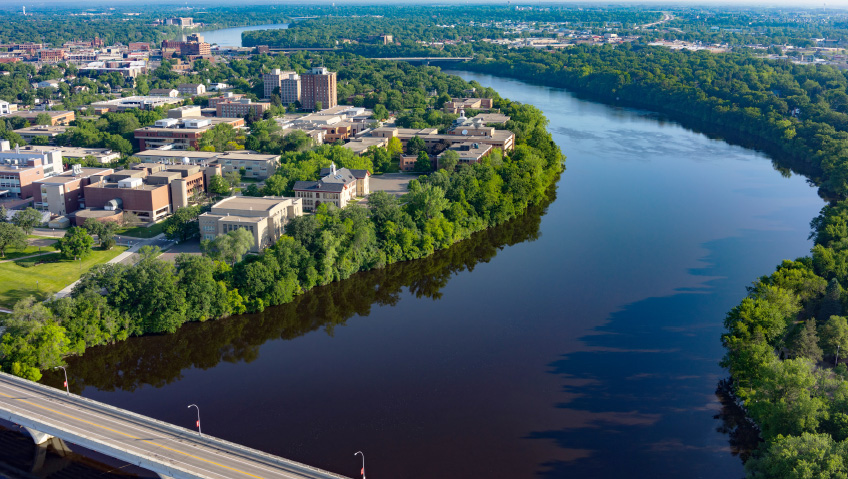Salem, Massachusetts has earned the tagline ‘Still Making History.’ “We are rooted in history,” says Director of Planning and Community Development Tom Daniel. Founded in 1626, Salem is best known for the infamous witch trials of 1692, which still captivate the public and draw tourists to the community three centuries later.
However, Salem encompasses far more than those witch trials of long ago. Before European settlement, the region was home to a vibrant Native American community, and during the Age of Sail, ships returning with spices and other goods from China and East India made Salem the wealthiest city per capita in America. The city also played an important role in the Revolutionary War and is the birthplace of the National Guard. The entrepreneurial city was also home to America’s very first millionaire. More recently, major companies have called Salem home, including Parker Brothers, which designed and manufactured iconic games such as Monopoly and Clue in the community.
Tourists pour into Salem to see well-preserved seventeenth to nineteenth-century architecture, museums, a charming waterfront, and of course, destinations related to those notorious witchcraft trials, which are one of the most widely misunderstood chapters of New England’s history.
“At the surface level people think of green-faced women with pointy hats as witches—something comedic,” Daniel says. “But when you peel it back and look at the Witch Trials, what it talks about is intolerance and judgment and hysteria, the issues that our society still grapples with in different contexts. It’s easy for people to make light of it, but these were real people, and descendants of these individuals who lost their lives still come to Salem and pay respect… It’s a serious event. It’s something that’s commemorated rather than celebrated. It’s something that causes reflection and that [even though] it is three centuries later, the fragility of society and social connections is still something that’s real that we see today.”
The world-class Peabody Essex Museum is another foremost tourist attraction. The museum “traces its origin back to the sea captains, during the Age of Sail, who traveled to the Far East and brought back interesting objects as well as spice and silks and things that were hugely valuable in terms of commerce,” Daniel says. “The curiosities they brought back became the foundation for the Peabody Essex Museum, which is a leading art and cultural museum globally.”
The museum is an unexpected feature in a city with a population of just 44,000 people. “It’s a really small community to have an institution of the caliber of the Peabody Essex.”
While tourism is certainly an important driver of Salem’s ongoing success, the city’s array of business sectors underpin a diverse economy. “We’re a community that has had this history and value and ethic of entrepreneurship going back to the Age of Sail, and that… continues now,” Daniel says.
The city is full of startup success stories, from electronic component manufacturers to mom-and-pop bakeries. Tropical Products Inc. is one such success story. The business gained recognition producing dog shampoo, then grew to become a private label manufacturer for several huge brands. Now, the thriving company is moving to a larger building and will soon hire a further 120 employees.
Companies like Tropical Products Inc. receive strong backing from Salem’s business development community. “We have a really robust economic development team,” Daniel says.
This network of partners includes the Salem Chamber of Commerce; Salem Main Streets, which supports businesses located in downtown Salem; and The Salem Partnership, which focuses on specific, long-term economic development initiatives. The Creative Collective focuses on creatives and the gig economy; and Destination Salem, the city’s destination marketing organization, is a strong partner. In addition, the Enterprise Center at Salem State University provides local entrepreneurs small business office space, education, and other resources. Salem is also home to a workforce development center and workforce investment board.
“We are really fortunate in this small community to have all these economic development partners that bring together resources and expertise to assist with business growth,” Daniel says.
Salem offers a high quality of life with opportunities not often found in a community of its size. “Salem is a small city,” Daniel says. “It’s only eight square miles. [But] it’s got a range of living opportunities and lifestyles.” Options vary from single-family suburban houses with easy access to big-box stores to historic seventeenth and eighteenth-century homes near the waterfront to condominiums in Salem’s walkable downtown “where you don’t even really need a car,” to access eclectic local retail and dining.
Salem’s tourist economy supports an assortment of locally-owned eateries and shops, giving locals far more options than expected. “We have a million visitors every year, and because of the dollars that they spend here, we’re able to have a more diverse set of restaurants and retail offerings,” Daniel says.
A commuter rail and commuter ferry whisk residents to Boston in thirty minutes or one hour respectively, making “it a very appealing community for people who want an urban experience without having the headaches that come with living in the heart of Boston,” Daniel says. Residential and commercial real estate is also more affordable than in Boston.
The city has been particularly committed to revitalizing its historic waterfront, creating charming walkways and plenty of amenities for recreational boaters. “We have really done a lot of work in the past decade to enhance that access,” says Port Authority Deputy/Planner Seth Lattrell.
Salem’s waterfront is now able to accommodate cruise ships, which bring even more tourists to support local businesses. “As we look toward the water and the ocean we are really reconnecting with what is core to the identity of Salem,” Daniel says. “We were put on the map for our port but we lost engagement from the waterfront. We have really made a focus of reconnecting to the waterfront.”
With so many amenities, it is no surprise that Salem draws an array of residents, from families who have lived in the community for generations to recent immigrants. The city is proud of this diversity and works hard to cultivate it and provide opportunities for all levels of income and education.
“One of the core values the community has is diversity,” Daniel says. “That’s a value the community holds dear. So as we look at opportunities for the future, we are always mindful of how we are balancing the jobs, housing, transportation… to allow for diversity of people, diversity of jobs, diversity of creativity, et cetera.”
Historically, people have been able to live and work in Salem, regardless of their career or income. “Housing costs are increasing. We are trying to ensure that if you’re the person working at a café getting people cups of coffee you can afford to live here, and you have a way to get to work that isn’t going to cost you an arm and a leg,” Daniel says. “Similarly, there’re employment opportunities for folks that have PhDs, so they can work here in Salem and not have to commute into Boston or Cambridge.”
AARP designated Salem an Age-Friendly Community, as it is an ideal place for seniors as well as residents of all ages. “It’s a community that works for everyone,” Lattrell says. “If you’re a young person or a family with kids, the community works for you as well as for people who are aging here. [We’re] actively working to ensure that the community works for people regardless of how old they are and that there’re opportunities to engage and feel connected.”
While Salem is known for its unique history, the city is not just rooted in the past. As the tagline states, Salem is still making history and plans to keep doing so far into the future. Offshore wind power generation is one opportunity about which the community is particularly excited. The city recently announced a partnership with Vineyard Wind and Crowley Maritime aimed at establishing Salem Harbor as the state’s second major offshore wind port.
Salem’s port holds enormous potential for the offshore wind industry. As well as being the second-deepest port in Massachusetts, “We are one of the only ports in the northeast that has sufficient depth, but also doesn’t have any overhead restrictions,” Lattrell says. “To the offshore wind industry, which is very much in its infancy in the United States, [this] is extremely attractive, and it puts us in a unique position to support the installation of offshore wind turbines.”
The city is currently installing a fiber-optic network to every property, which will be a boon to both residents and businesses as people continue to work from home post-pandemic. With this and all future projects, Salem plans to keep sustainability in mind. “[We are] looking to be a sustainable city using its resources efficiently, thinking long-term about how we grow and change in a way that is sustainable,” Daniel says.
In just five years from now, Salem will celebrate its 400th anniversary of European settlement. “That’s a target that we look to for some of our near-term goals,” Daniel says. “We’re looking to build upon the strength of the identity, the character that makes Salem, Salem.” With four centuries upon which to build, the community certainly has a robust, unique foundation, as well as a promising, well-planned future.

